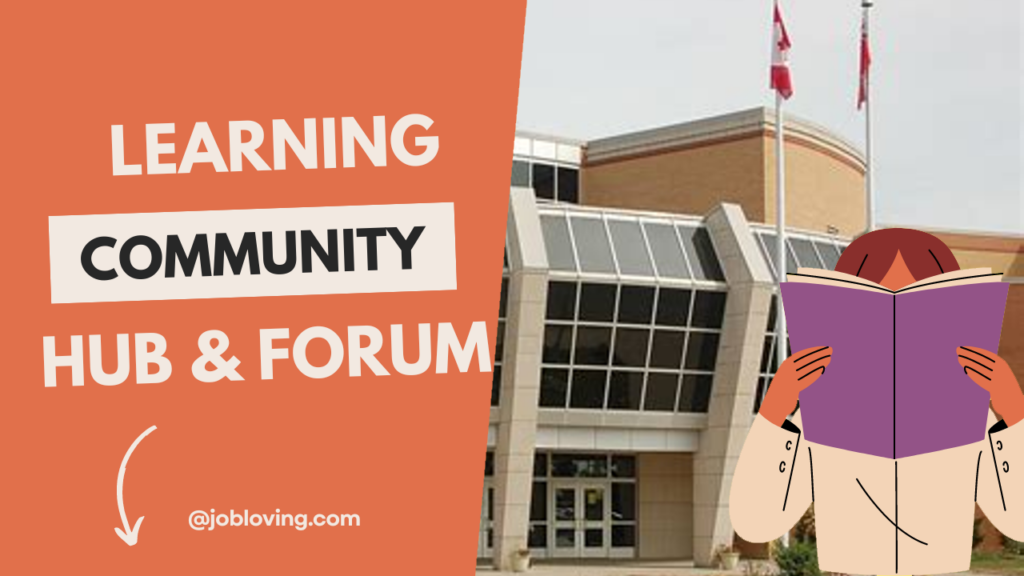Ever wondered what happens after your basic education wraps up? It’s the stage where things get thrilling—the leap from childhood learning to more serious academic pursuits! That’s where secondary institutions come into play, serving as the bridge between elementary education and the vast world of higher learning or vocational training. So, what exactly defines a secondary institution? Let’s break it down!
The Short Answer: A school that bridges elementary school to college, offering general, technical, vocational, or college-preparatory courses.
Secondary institutions, often referred to as secondary schools or high schools, are pivotal in a student’s academic journey. They typically cater to students from around ages 11 to 18 and provide a mix of courses designed to prepare them for either higher education, vocational paths, or entering the workforce directly. These institutions balance various educational approaches, allowing for both academic growth and skills training, which are essential in today’s job market. Whether you’re gearing up for college with advanced placement courses or diving into a technical program, secondary institutions are crucial in shaping your future.
In essence, they create an environment for students to explore their interests, build on foundational knowledge, and prepare for the next chapter of their lives. It’s like a launchpad for your aspirations, giving you tools, experiences, and knowledge to fly toward your goals. How cool is that?
If you’re keen to learn more or have lingering questions about secondary institutions and the offerings they present, don’t hesitate to hop into the JobLoving community. We’re here to sprinkle some knowledge on your journey and help you along the way!

